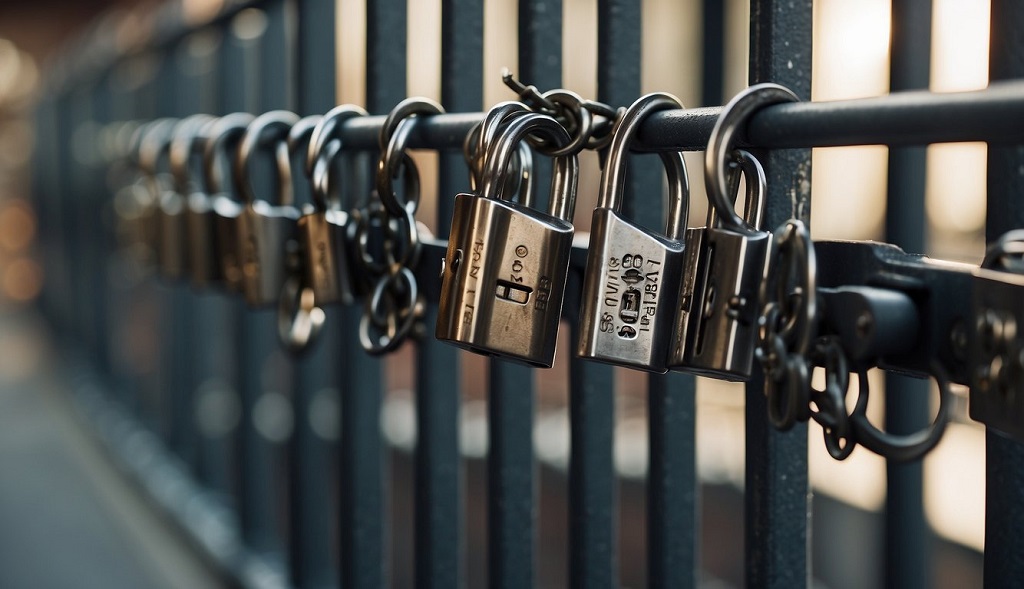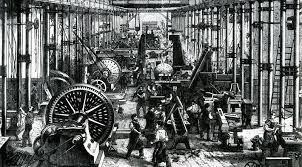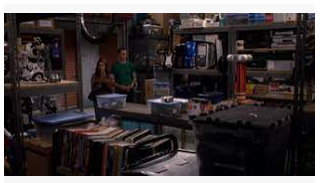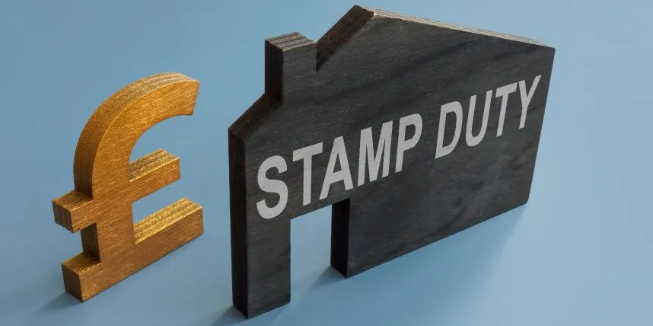Security in detention facilities demands equipment that goes beyond basic safety measures. The right detention equipment is essential to ensure the safety of both staff and inmates while maintaining strict control over the environment. By choosing advanced, durable, and innovative security solutions, facilities can elevate their security standards significantly. From reinforced cell doors to cutting-edge surveillance systems, let’s dive into the key detention equipment that enhances safety and security.
Ultra-Durable Cell Doors with Tamper-Proof Seals
When it comes to securing individuals in detention, cell doors are one of the most critical components. Ultra-durable cell doors with tamper-proof seals provide a robust barrier that prevents unauthorized access or escape attempts. These doors are designed to withstand extreme pressure and force, ensuring that no inmate can break through them easily.
Tamper-proof seals add an additional layer of security, preventing any attempts to compromise the door’s integrity. These seals are engineered to detect even the slightest tampering efforts, immediately alerting staff to potential security breaches. Together, the strength of the doors and the reliability of tamper-proof seals help ensure that the facility remains secure at all times.
Impact-Resistant Windows for Maximum Containment
Windows in detention facilities pose a unique challenge—they need to provide visibility while also maintaining security. Impact-resistant windows solve this issue by offering maximum containment without sacrificing the ability to monitor inmates. These windows are crafted from high-strength materials, making them nearly impossible to shatter or breach.
In addition to their durability, impact-resistant windows play a crucial role in overall facility safety. They allow natural light to enter cells and common areas, which can positively affect the well-being of both staff and inmates. At the same time, they offer no weak points in the building’s structure, ensuring that every part of the facility remains secure against potential threats.
Advanced Locking Mechanisms for Unbreachable Barriers
Locking mechanisms are the backbone of any secure detention facility. Advanced locking systems offer far more than just a traditional lock and key—they provide an unbreachable barrier that integrates seamlessly with other security measures. These systems are designed to resist tampering, picking, or forced entry, keeping even the most determined individuals from breaking out.
Many modern locking mechanisms also include electronic components, allowing for remote access control and monitoring. This enables staff to manage access points without having to physically be at the door, reducing the risk of human error. The combination of mechanical strength and advanced technology makes these locks a critical piece of detention equipment.
Smart Surveillance Systems with Real-Time Alerts
Surveillance is a core component of maintaining control in a detention facility, and smart surveillance systems take this to the next level. These systems offer real-time monitoring, detecting unusual activities and triggering alerts as soon as suspicious behavior is identified. Cameras with advanced facial recognition and motion detection help ensure that nothing goes unnoticed.
In addition to cameras, smart surveillance systems integrate with other security measures, such as alarms and door locks. When a security threat is detected, these systems can automatically initiate a lockdown or alert the appropriate staff members. The real-time functionality of these systems makes them invaluable for preventing incidents before they escalate.
High-Security Fencing Designed for Maximum Deterrence
Perimeter security is just as important as internal controls, and high-security fencing is the first line of defense for detention facilities. These fences are designed with features that deter climbing, cutting, or breaching, making them extremely effective at preventing escapes or unauthorized access. The materials used are often resistant to tampering, ensuring that they maintain their integrity over time.
Beyond physical strength, high-security fencing is often equipped with sensors and alarms that activate if someone attempts to breach the perimeter. This combination of physical and technological deterrents provides facilities with comprehensive perimeter security, giving staff peace of mind that the exterior of the facility is well-protected.
Secure Communication Systems with Encryption
In any secure facility, communication between staff members is essential for coordinating operations and responding to incidents. Secure communication systems ensure that these conversations remain confidential and protected from external threats. With advanced encryption technology, these systems prevent unauthorized individuals from intercepting or listening in on important communications.
Encryption plays a vital role in maintaining the privacy and security of internal communications, especially when dealing with sensitive information related to inmate behavior or security measures. These secure systems provide a reliable way for staff to communicate in real time without worrying about potential security breaches, adding another layer of protection to the facility’s overall operations.




